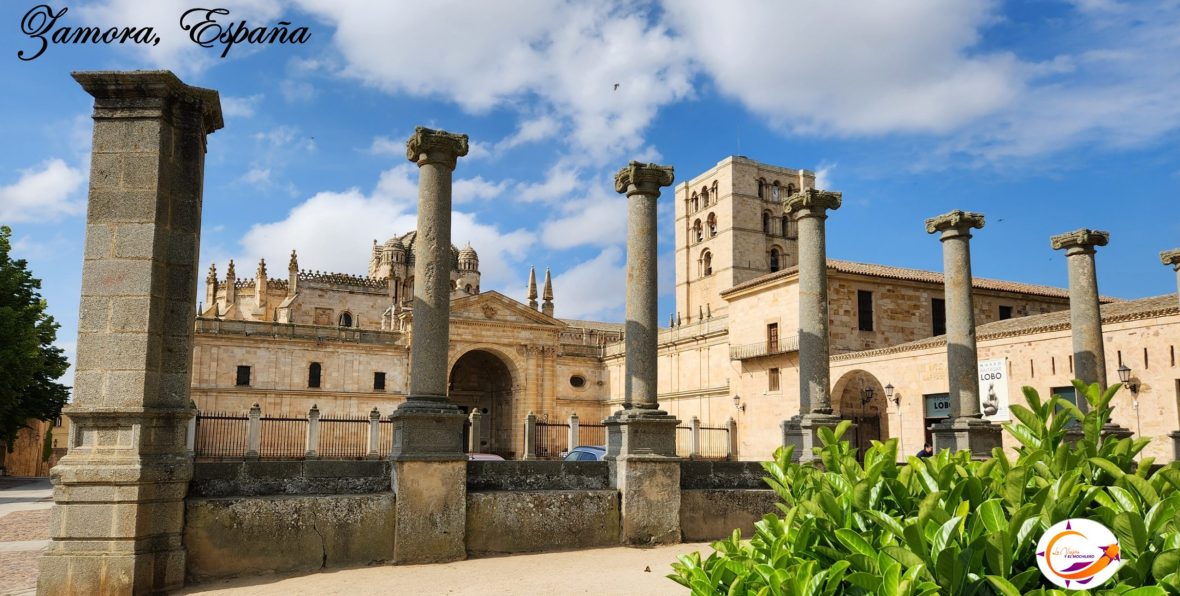Upon arriving at the Catedral Square in Cadiz, Spain, we find the Church of James the Great and Apostle. A small church that contrasts greatly with the Cathedral, which became a Jesuit temple in 1564. It was the seat of the College of the Society of Jesus in this city, of which now only the church remains. This as a result of the assault and sacking of the city of Cadiz, in 1596 by the Anglo-Dutch troops commanded by the Earl of Essex. The College was left in such a bad state that the original temple was rebuilt in 1635 by Alonso Romero in Mannerist style. Its construction lasted twelve years.

The main facade of the Church is organized by means of fourteen pilasters of Ionic style made with the stone ostionera, material widely used in the constructions of the city of Cadiz. The church has two façades made of marble in Mannerist style, one on its façade to the Catedral Square, which was brought from Genoa and is inscribed in a large round arch and the other to the street of “Santiago” (James) dating to the mid-seventeenth century.

At the confluence of the two facades rises a bell tower, built in two bodies, the first was erected simultaneously with the construction of the temple, while the second body of the tower, octagonal in shape, is crowned with a dome of the eighteenth century.

The church has a Latin cross layout with three naves and a dome on pendentives, which allows the dome to rise. The main body of the Church consists of three naves where different altarpieces are distributed. The central nave is covered with a barrel vault reinforced by arches, these are embedded in the structure, with a transverse orientation to the axis of the structure.

The two lateral naves are covered by groin vaults, that is, covering the spaces that form squares, when the barrel vaults cross each other. They also have small chapels that communicate with each other.

In its interior we can appreciate a series of baroque altarpieces of the XVII century that look interesting, nevertheless, it is the Main Altarpiece, that captures all the attention. It was made between 1651 and 1653, the work of the master assembler Alejandro Saavedra, with gilding and polychroming done by Juan Gómez Couto around 1670.

The High Altarpiece of the Church, is framed between two Solomonic columns of a giant size, and is composed of four bodies of height (three and the attic). This altarpiece is presided by a carving of an Immaculate Conception, and above is an image of the Saint James the Great, in the center of the upper level, in the attic the image of Jesus Crucified.

In addition, it presents other two great twin altarpieces, one in each head of the transept, made by Juan González de Herrera in 1674. Scattered throughout the central nave are a series of small shelves and altarpieces in the rocaille style, inspired by elements of nature reinforcing the decorative richness of this church.
Sources consulted:
https://es.wikipedia.org/wiki/Iglesia_de_Santiago_(C%C3%A1diz)
https://turismo.cadiz.es/es/rutas-y-visitas-en-cadiz/iglesia-de-santiago
https://www.minube.com/rincon/iglesia-de-santiago-apostol-a67830
Translated with www.DeepL.com/Translator (free version)


You must be logged in to post a comment.